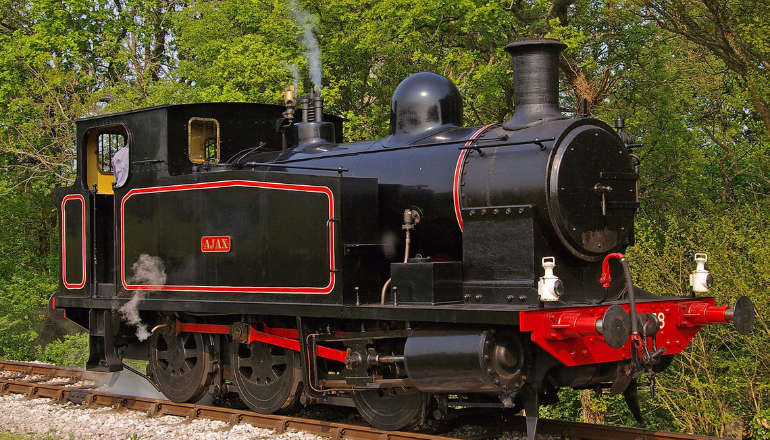
The Isle of Wight Steam Railway (IWSR) is saying a fond farewell to one of its locomotives, which is chugging its way to a new home near Northampton.
The 1918 Barclay locomotive Ajax is to leave the Island to join the Northampton & Lamport Railway (NLR).
It has been on the Isle of Wight for more than 50 years and although it was once used as a working locomotive, in recent years it has been a mainstay of the Train Story Rail Discovery Centre.
The IWSR owns 13 steam locomotives, of which eight are in its operational fleet.
Of the others, two are already on loan to other heritage organisations, while the remaining three are available for display.
The 13th, Haydock, donated by the National Trust, is a recent arrival, leaving Ajax surplus to requirements and facing being placed into storage.
The trustees decided to look for a new home for Ajax, where it would be returned to operational use.
Following the NLR’s visit to the Island and inspection of the locomotive, an agreement was reached for the transfer for a nominal sum.
Its new owners aim to use Ajax on the two-mile heritage line in the Midlands, where it will join the NLR’s fleet of heritage steam and diesel engines.
The story of Ajax
Ajax was built for the Sulphide Corporation of London in 1918 but was requisitioned on completion by the Ministry of Munitions and sent to Persia, where she remained for many years, latterly in the service of the Anglo-Persian Oil Company.
The locomotive returned to the UK, working at Llandarcy Refinery, near Swansea, and later at the Stanton Iron Works, Sheffield.
She finished her industrial service at Harlaxton Ironstone Quarries, near Grantham, being withdrawn in 1968.
Ajax was bought by Henry Frampton-Jones, who placed her on loan to the IWSR in 1972.
No major restoration work was carried out for more than 20 years, until a full overhaul was completed.
Ajax hauled its first public passenger train during 2005 and was in service until the end of 2014, when it was withdrawn for overhaul.
By then the IWSR had been able to build a fleet of more suitable locomotives to haul its ever more frequent and busier trains, and Ajax was placed on display in Train Story.
Peter Taylor, chairman of the IWSR, said:
“We’re delighted to have found a new home for Ajax where she will be returned to steam and will operate in service again for people’s enjoyment.
“We’re looking forward to seeing the NLR overhaul Ajax and are pleased to be able to support another growing heritage railway by transferring Ajax into their care.”
Visitors have been able to climb onto the footplate to see how a steam locomotive is controlled.
Ajax’s new home The Northampton & Lamport Railway is a volunteer-run heritage railway a few miles north of Northampton.
It uses part of the former LNWR Northampton to Market Harborough line, which was closed by BR in 1981.
Volunteers have rebuilt the railway from scratch since 1984 and the NLR now operates two miles between Pitsford and Brampton, and Boughton stations, offering steam and/or heritage diesel trains most Sundays, as well as on some Saturdays and Bank Holidays during special events.
A quarter-mile extension project for the NLR is currently under way.
Northamptonshire has a long history of ironstone quarrying, and iron ore trains are synonymous with the history of the line.
Historically, the line was not only a frequent route for ironstone trains passing through the county, but also had several ironstone quarries along its route, including Pitsford Quarry (closed in1965), where the exchange sidings are preserved as part of the NLR.
The NLR’s dream is to recreate the scene of mineral wagons being shunted in Pitsford Sidings, as would have been a daily occurrence between 1925 and 1965, and Ajax will perform a central role in this.
The project also includes the creation of supporting educational and interpretive information to help enrich
public understanding and appreciation of the area’s history of iron-stone quarrying.
Adam Giles, chairman of the NLR, said:
“We are very grateful to the IWSR trustees for giving us the opportunity to overhaul Ajax so that it can be returned to operational condition and form a central part of the ironstone train project.”
Ajax is being prepared by the IWSR ready for the journey to her new mainland Britain home and is expected to depart at the end of November.


 Island MP Criticises Government’s Budget For Increasing Pressure On Health And Social Care Providers
Island MP Criticises Government’s Budget For Increasing Pressure On Health And Social Care Providers
 Wootton Creek Water Quality Testing Program Launches
Wootton Creek Water Quality Testing Program Launches
 Warning Issued Following Recent Reports Of Courier Fraud
Warning Issued Following Recent Reports Of Courier Fraud
 Freshwater Camp Road: Decision Made On 127-Housing Unit Proposal
Freshwater Camp Road: Decision Made On 127-Housing Unit Proposal
 Armistice Day And Remembrance Sunday Parade
Armistice Day And Remembrance Sunday Parade
 Newport's Barton Primary School Receives Uplifting Inspection Ratings
Newport's Barton Primary School Receives Uplifting Inspection Ratings
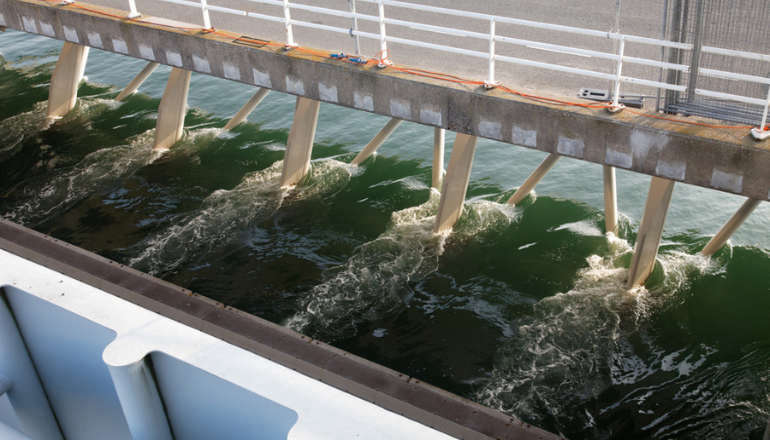 Altered Tidal Energy Ventnor Proposal Set To Be Decided Upon
Altered Tidal Energy Ventnor Proposal Set To Be Decided Upon
 Southern Vectis November Community Fund Now Open
Southern Vectis November Community Fund Now Open
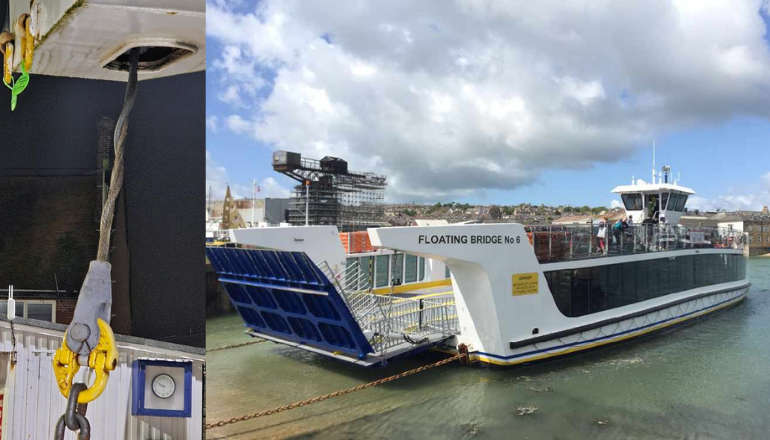 Prows Raised And Hearts Sunk: Floating Bridge Services Hit By Latest Issue
Prows Raised And Hearts Sunk: Floating Bridge Services Hit By Latest Issue
 Government Confirms £20 Million Funding For Ryde
Government Confirms £20 Million Funding For Ryde
 Isle Of Wight NHS Trust Opens Doors To New Community Diagnostic Centre At St Mary’s
Isle Of Wight NHS Trust Opens Doors To New Community Diagnostic Centre At St Mary’s
 Appeal Launched To Identify Champagne Shoplifters In Ryde
Appeal Launched To Identify Champagne Shoplifters In Ryde
 Wootton Bridge Renewable Energy Park Plan Resubmitted
Wootton Bridge Renewable Energy Park Plan Resubmitted
 Island Planning Strategy Submitted To Secretary Of State
Island Planning Strategy Submitted To Secretary Of State
 Southern Water Unveils Plans For New Water Recycling Plant On Isle Of Wight
Southern Water Unveils Plans For New Water Recycling Plant On Isle Of Wight
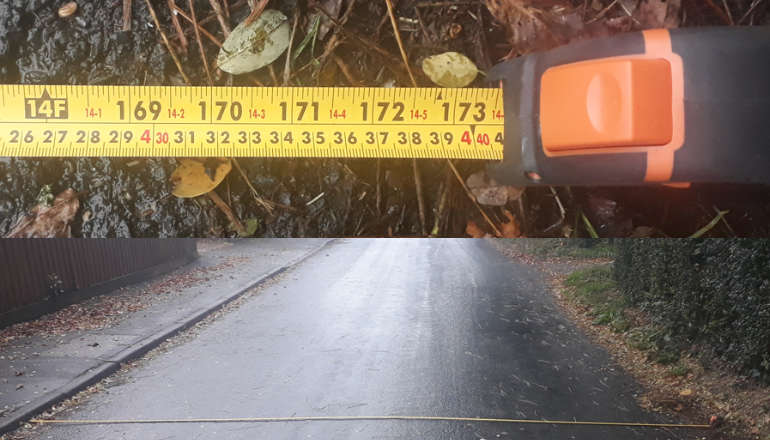 Campaign Group Condemns Wootton Bridge Palmers Farm Plans
Campaign Group Condemns Wootton Bridge Palmers Farm Plans
 Yacht Fire Leads To Cowes RNLI Lifeboat Launching
Yacht Fire Leads To Cowes RNLI Lifeboat Launching
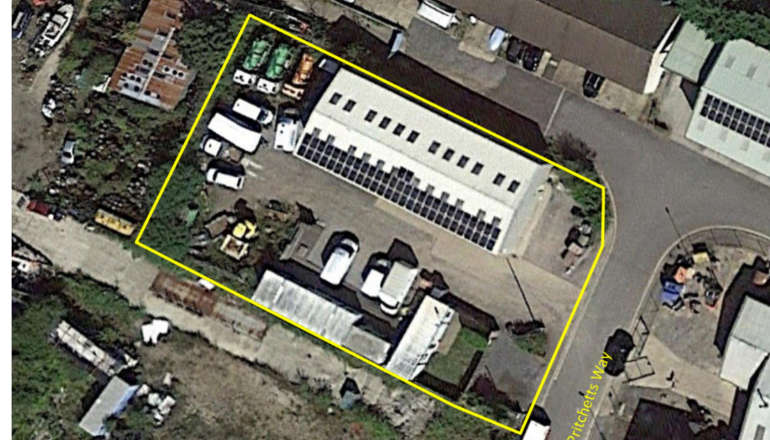 Rookley Could Be Set For New Industrial Unit
Rookley Could Be Set For New Industrial Unit
 Robin Hill Issues Apology For Halloween Traffic Issues With Operations Manager Returning
Robin Hill Issues Apology For Halloween Traffic Issues With Operations Manager Returning
 New Sandown Launderette To Enhance 'Vitality' Of Town Centre
New Sandown Launderette To Enhance 'Vitality' Of Town Centre


